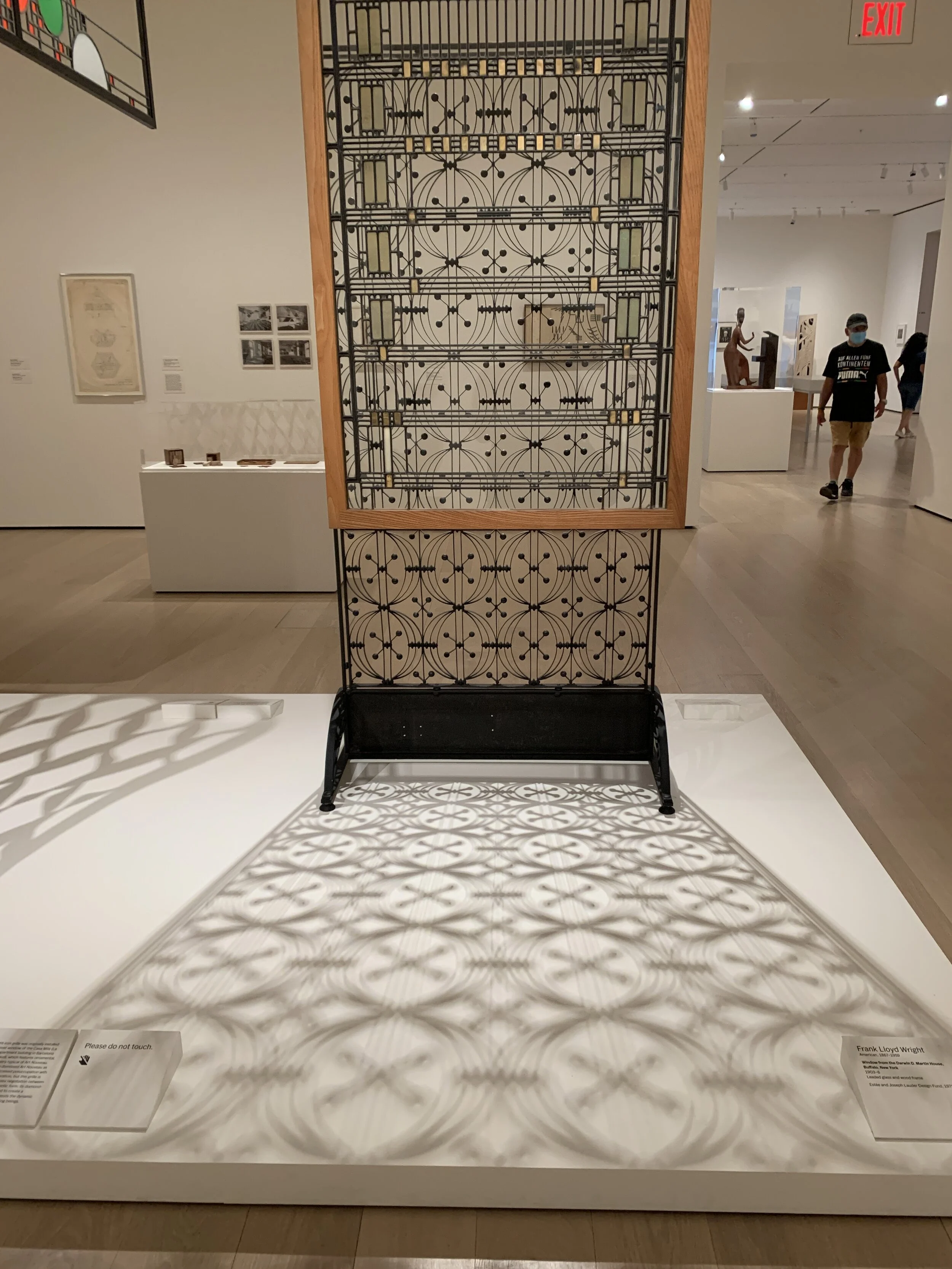Hanging man
In thinking about rituals and bodies, the image of The Hanging Man is one that on the surface looks like a man who is a victim of torture. However, from the man’s peaceful facial expression and his relaxed tree pose, he doesn’t appear to be victimized. Has he placed himself in the position? Is it part of a ritual? It reminds me of the dramatic sacrifice scene from the History Channel’s Viking series when a warrior chose to sacrifice himself in a ritual for the health and success of the community.
As I consider the body paintings hanging in space, I cannot get away from thinking about other contexts that might come up.
Hanging bodies, hanging work. Also thinking about how large pieces might invade physical space in a room. Looking at other art projects hanging in the middle of the gallery, with ability to move around, encircle and observe the shadows cast on the floor or wall.
Planning a project to include translucency. Fabric can be a component, overlapping different sized and shaped pieces that with lighting will cast shadows of the painted forms. Motion can be used if attaching lighter fabric to a rotary (fan) to create sails that wind and wave. Or the hanging pieces could simply be back to front.










